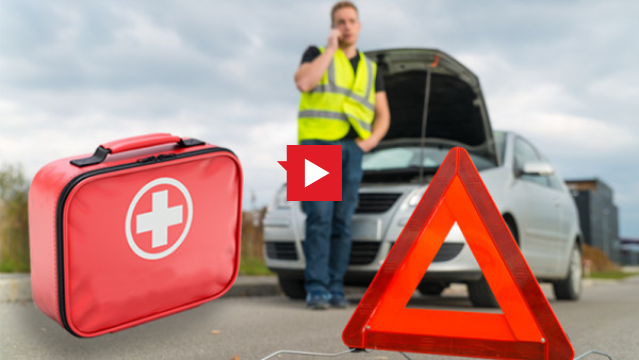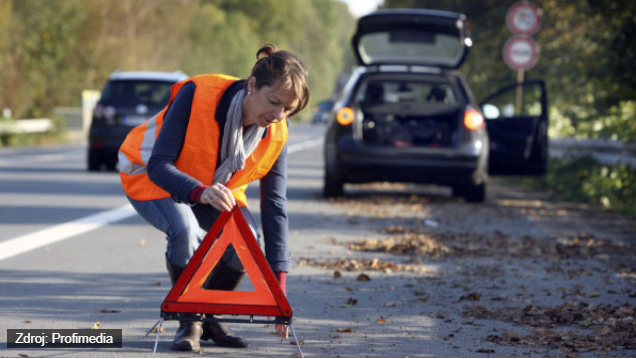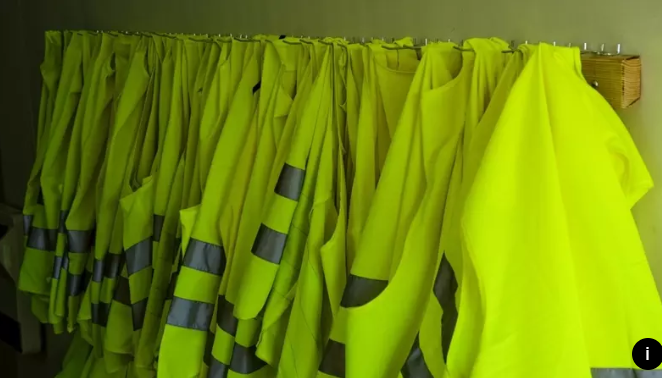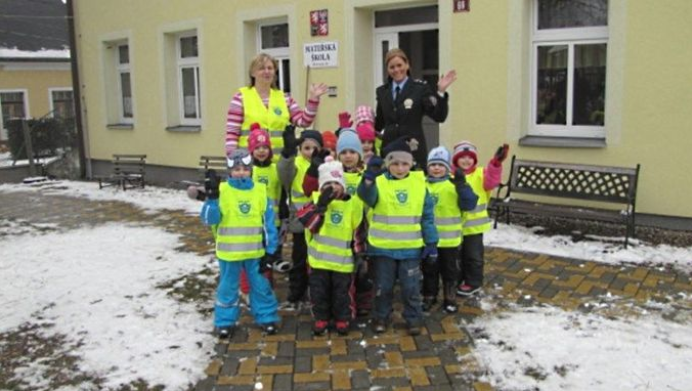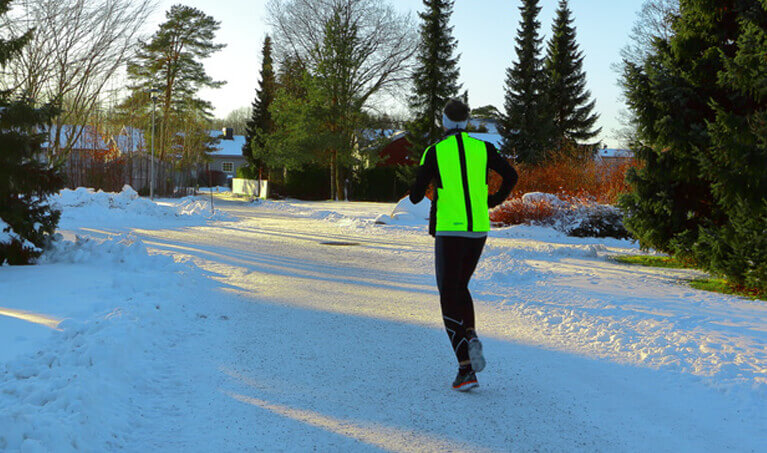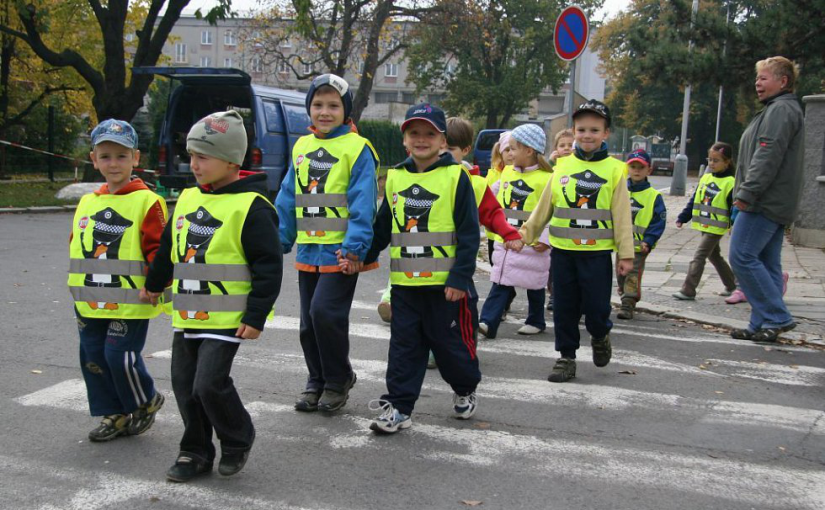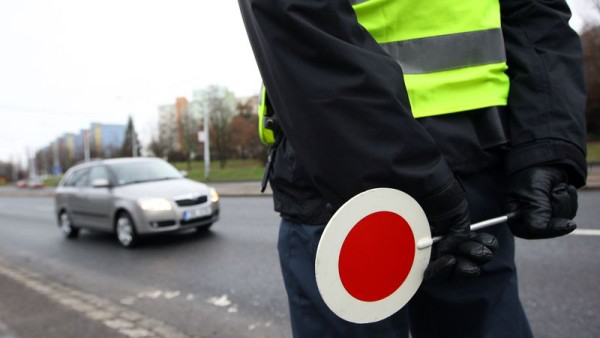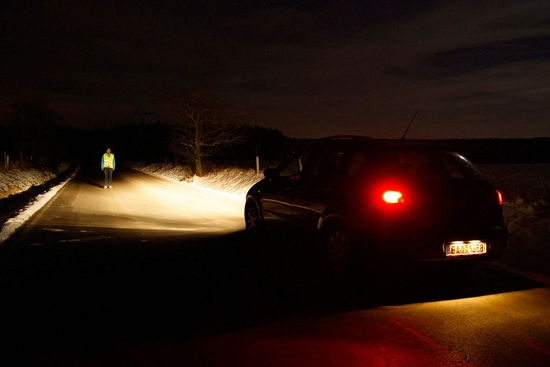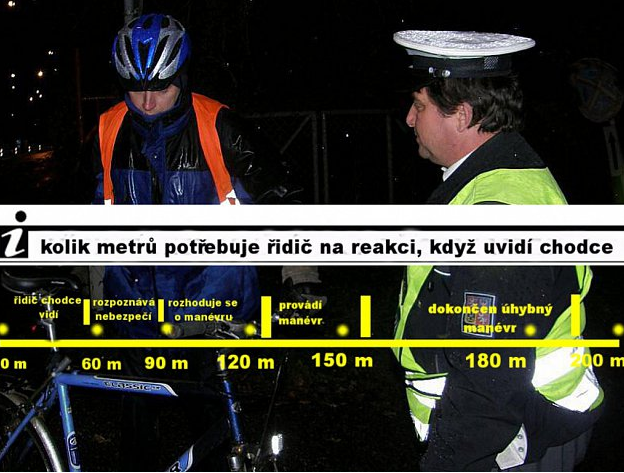Mandatory equipment and first-aid kits will change from 1st October. You no longer need to carry bulbs or fuses in your car. First-aid kits will be valid even after their expiration and they will disappear, for example, a three-pointed scarf or drape. What other changes await us? Lenka Rezková, the spokesperson of the Ministry of Transport, replied on Friday’s Breakfast with Nová.
As of 1 October 2018, there is a change in the mandatory equipment of vehicles and medicine kits. The main changes include keeping the medicine chest after the expiration date. “The main change is that drivers will no longer have to change their medicine chest because of expiration. This means that those who have their medicine chest in their car, have it closed so they can keep it there without any problems, “said Lenka Rezkova.
So far, we have had to change the medicine chest after the expiration of the expiry date. However, the Ministry of Transport, in consultation with the Ministry of Health, decided that this was no longer mandatory. “If all medical materials are intact, they are fine and can be used without any problem in a car accident,” Rezkova added.
For example, you no longer need to carry a three-pointed scarf or a plastic mask in the medicine cabinet. There were no other things. “There won’t be three things in the medicine cabinet. It will be a three-pointed scarf, a patch with a cushion, and there may not be a plastic drape. There is nothing to add, “said Rezkova.
The change also applies to the mandatory equipment of the vehicle. Only the reflective vest and the warning triangle remain in it. Conversely, you do not need bulbs or fuses. “As far as mandatory equipment is concerned, the rule remains that there is a reflective vest with reflective tape and also a warning triangle. These things must be kept there. But what is changing and quite important is that people no longer have to carry fuses and also spare bulbs,” Rezkova said.
Newly, the driver does not have to carry a spare tire. “As for the spare tire reserve, if a puncture becomes a defect, drivers who have a car equipped with an emergency tire will no longer have to carry the spare tire. drivers who will have an agreed assistance service throughout the Czech Republic, who will replace their tire just in case of a puncture, “Rezková added.
The ministry is trying to make it easier for drivers to keep things from being unnecessary. “We are trying to make life easier for drivers so that they do not have to carry things in their cars that are not needed there at the moment. The fuses and the bulbs are mainly because the cars are at a different technical level than was a few years ago and many drivers are already leaving the replacement of both fuses and light bulbs at service experts, “Rezkova explained.
It is advisable to have a reflective vest in your car so that we do not get off the highway without it in the event of an accident. Ideally, anyone traveling in the car could have it in the car. “As for the reflective vest, nothing changes. We should all have a reflective vest. For safety reasons, it’s good to have it with you in the car. Somewhere on the left side of the driver, the right side of the passenger they did not have to look anywhere in the car, do not put God somewhere in the trunk when we have to climb the highway, but really to have it on hand and when we have a vest for every member we carry, it is good, “added Rezková.
